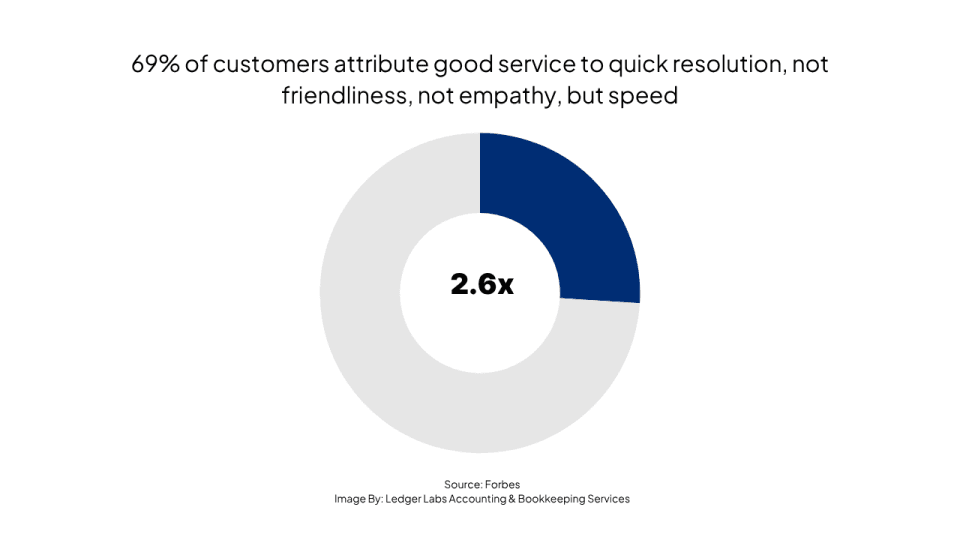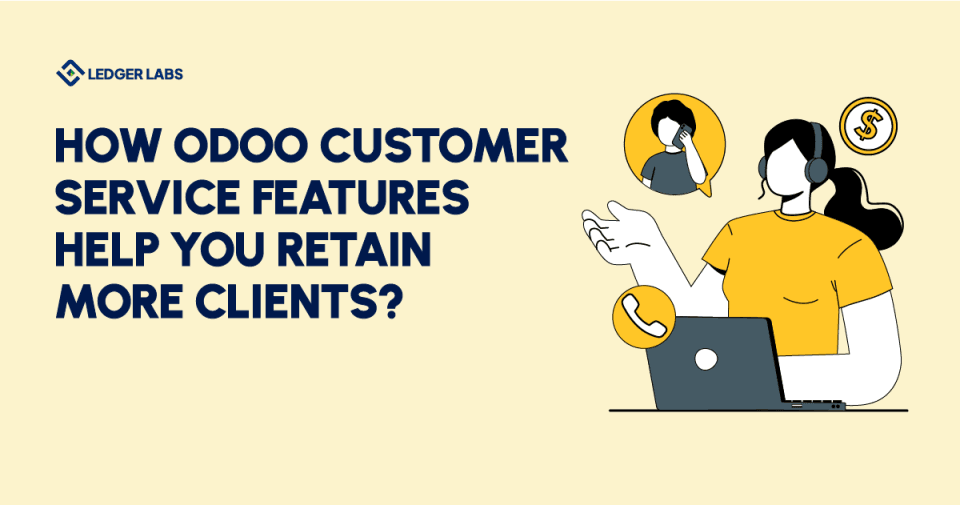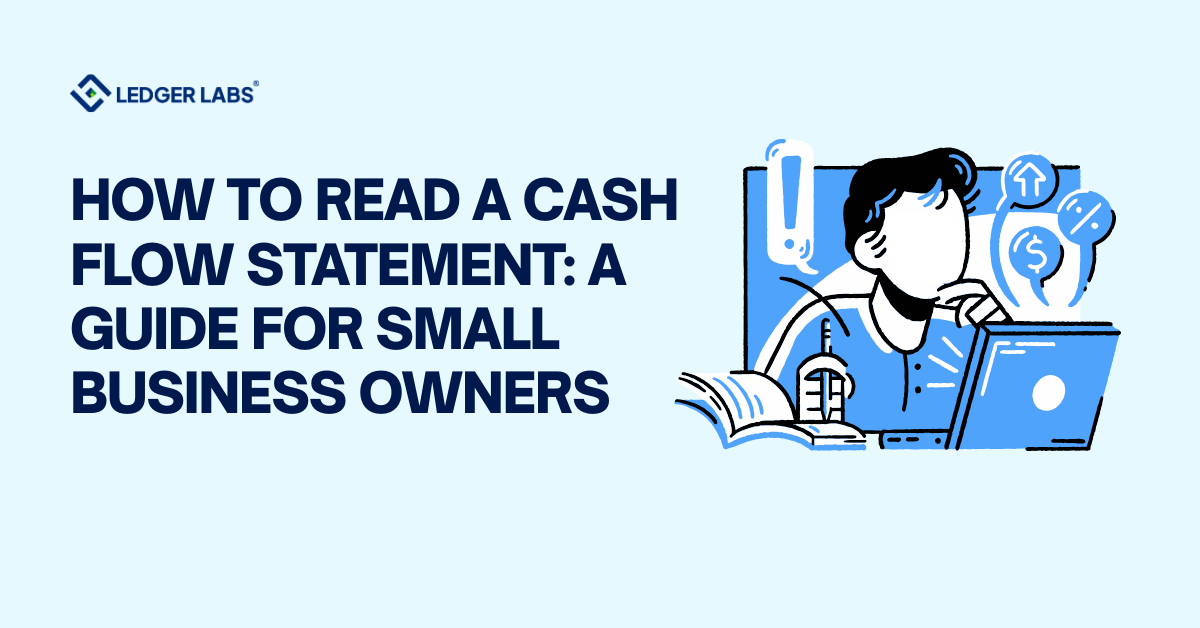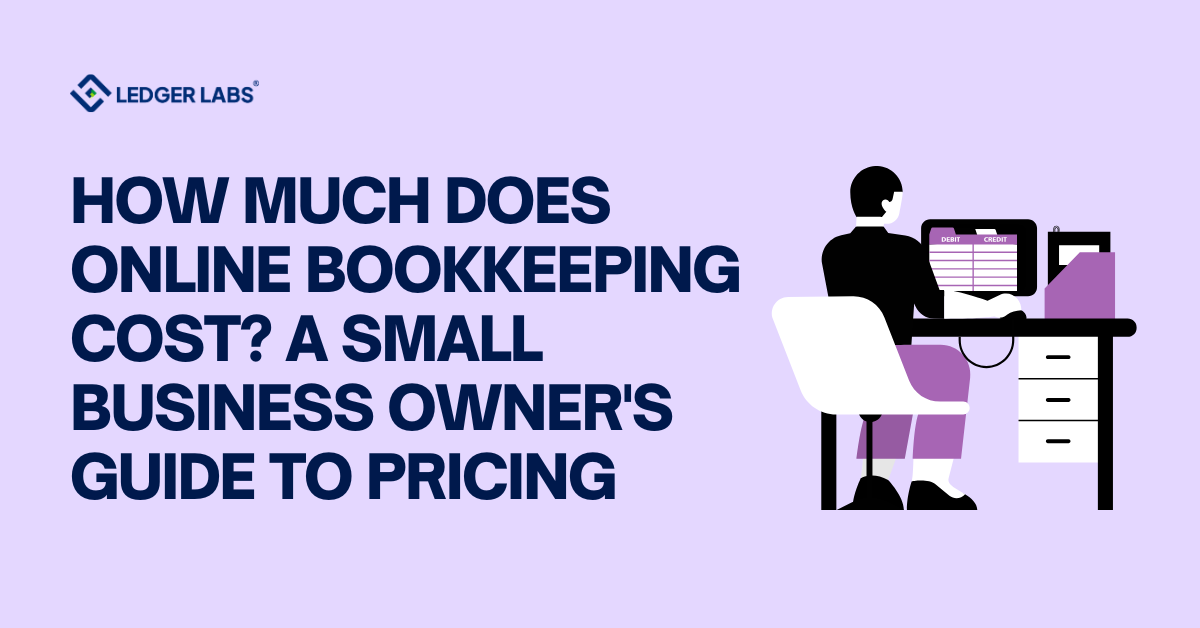More than a marketing function, retention is an operational one.
Most companies bleed customers not because the product is weak or the price is wrong, but because the experience, especially when something goes wrong, is fragmented, slow, or simply frustrating.
And while many companies invest in growth strategies to acquire new customers, very few invest in the systems that prevent existing ones from leaving quietly.
This is where Odoo enters the picture.
But this tool isn’t just a support tool in isolation. It’s an integrated engine that can turn reactive service into proactive retention (but only if you actually build it for that purpose).
Odoo’s customer service features are often overlooked in implementation. They’re treated as optional add-ons instead of core infrastructure.
But in reality, they’re what help you maintain trust after the sale, manage complexity when scale kicks in, and respond to issues without bleeding time, energy, or good will.
- Most customer retention issues begin with inconsistent support, not product flaws.
- Odoo’s Helpdesk connects service with sales, billing, and history for full context.
- Live Chat and self-service portals reduce friction before tickets escalate.
- Satisfaction ratings, when acted upon, reveal churn patterns early.
- Implementation, not features, is what makes Odoo’s support system effective.
The Real Customer Service: Explained
Most businesses still treat customer service as a containment function or something to handle problems after they’ve already escalated. That framing is outdated, and worse, expensive.
A well-designed support experience isn’t just about solving tickets. It’s about increasing the perceived value of your offering by delivering stability, responsiveness, and clarity when things go wrong.
That kind of experience builds trust.
And trust is what keeps customers from switching to competitors, especially in markets where the product itself is easy to replicate.
- According to Forbes, it costs five times more to acquire a new customer than to retain an existing one.
- And 96% of customers say customer service influences their loyalty to a brand.
Yet most ERP implementations fail to address this layer of the business entirely.
They focus on sales workflows, inventory, and invoicing, leaving the support stack fragmented, disconnected, or untouched.
What makes Odoo different is that it’s not just a ticketing system bolted onto your ERP. It’s a native extension of your operational data.
That means every support interaction has context, and context is what allows your team to resolve problems quickly, without unnecessary back-and-forth or internal guesswork.
The Core Features That Actually Move the Needle
1. Helpdesk With Embedded Context
69% of customers attribute good service to quick resolution, not friendliness, not empathy, but speed.

And speed is a direct byproduct of system clarity.
Odoo’s Helpdesk module isn’t built to be flashy. It’s built to be functional. At its core, it gives you a structured system for capturing, categorizing, and tracking support issues across teams.
You can define ticket stages, assign SLAs, and monitor load in real-time.
But what makes this module actually valuable is how well it integrates with the rest of your business.
A helpdesk agent isn’t looking at an isolated ticket. They’re looking at the customer’s full history, including previous orders, subscription status, payment terms, past issues, and assigned salesperson, all in the same view.
That eliminates the blind spots that most support systems suffer from.
In practical terms, this means one thing: faster, more accurate responses. And that alone makes a difference.
2. Real-Time Support Through Live Chat
Live chat is no longer a nice-to-have.
It’s now the default expectation, especially for clients who are midway through onboarding, making high-value purchases, or trying to resolve friction in real-time.
Odoo’s live chat lets you deploy real-time support directly on your website or customer portal, but it also allows you to control when and where it appears, based on user behavior, session duration, or page type. This ensures the feature adds value rather than interrupting.
Where it really earns its keep, though, is in continuity.
Because every chat can be converted into a ticket, linked to a sales order, or escalated within a structured workflow. The conversation doesn’t live in a silo, and the client doesn’t have to re-explain their problem if it moves to another channel or rep.
That continuity is rare. And in retention terms, it’s powerful. Because nothing erodes client confidence faster than having to explain the same issue to three different people over email, phone, and chat.
3. Tracking The Satisfaction Of Your Customers
Most support platforms allow for basic customer feedback. Odoo takes that one step further.
Its Helpdesk module includes built-in customer satisfaction ratings, but unlike superficial post-ticket surveys, these ratings are tied to specific agents, issue types, and time-to-resolution metrics.
That matters because it allows managers to identify real patterns, not just individual complaints.
If a customer reports a bug and marks the experience negatively, it’s not just a vague data point. You can see exactly how long the ticket was open, how many times it was reassigned, whether it was escalated, and how that maps to churn behavior over time. That’s actionable insight.
But here’s the catch: the rating data only works if it feeds into a feedback process.
That means alerts, weekly reports, accountability in team meetings, and maybe even performance bonuses tied to response speed or satisfaction scores.
If you’re using Odoo but not closing this loop, you’re sitting on the data but not reaping the benefits from it.
4. Self-Service as a Retention Strategy
Retention doesn’t just come from active support. It also comes from reducing dependency on it.
Odoo’s Knowledge and Website modules can be used to build robust self-service experiences for clients, which, when done well, serve two key goals:
- They empower customers to solve basic issues on their own (without waiting in line).
- They reduce the load on your team, so support agents can focus on complex or high-risk cases.
More importantly, they create a perception of maturity.
A business that has clear SOPs, account portals, return policies, or troubleshooting instructions feels more stable. And stability builds trust.
You can go further by integrating FAQs, video walkthroughs, or dynamic product documentation right into your website, all linked to your actual Odoo backend.
That means when a customer clicks a “contact us” button after viewing an article, the support agent already knows what page they were on and what product they were looking at.
It’s subtle. But those touchpoints are what separate “good enough” operations from ones that actually feel responsive.
5. Cross-Module Intelligence: The Real Advantage
What makes Odoo different from standalone support tools is its ability to integrate data across departments, including CRM, accounting, inventory, and subscription management, all within the customer service layer.
This kind of visibility turns support into strategy.
Imagine your customer service manager reviewing reports on clients who have churned. With Odoo, they don’t just see how many clients left. They see patterns in who left, plan type, average ticket volume, product category, delay frequency, and invoice disputes.
Support becomes a lens into operational health. Not just a reaction center.
Here’s an example:
- A client cancels their subscription.
- Before they churned, they had two support issues related to delayed deliveries and one unresolved billing question.
- Their NPS score dropped after their third ticket.
- Your support data flagged them as at-risk two weeks before cancellation.
- No one followed up.
That’s not a support issue. That’s a system issue. And it’s exactly what a tightly implemented Odoo environment can help prevent, if the data is surfaced and owned properly.
The Real Difference: Features and Implementation
Here’s the truth: Odoo’s support features are strong, but they don’t work on their own.
The Helpdesk module won’t retain customers if it’s not connected to the rest of your ERP. Live chat won’t drive conversions if agents don’t have context.
Satisfaction ratings don’t mean anything if no one reads the reports. Self-service portals won’t help if they’re hidden or outdated.
Retention isn’t about tools. It’s about systems. And systems only work when implementation is deliberate.
Too often, Odoo gets deployed like a menu – install Sales, Inventory, CRM, and move on. Support gets bolted on, not built in. That’s how companies end up with a half-used platform and a confused team.
If you’re serious about retention, the goal isn’t just to “handle” customer service; it’s to operationalize it.
That means:
- Creating escalation flows with SLAs that map to business priorities
- Training agents on how to interpret customer history across apps
- Building dashboards that show churn signals before it’s too late
- Treating satisfaction data as a management metric, not just a report
When you implement Odoo this way, support becomes more than a function. It becomes your retention moat.
Final Words
The businesses that retain the most clients aren’t the ones with perfect products. They’re the ones with predictable, professional support systems that kick in when things go wrong.
Odoo gives you the infrastructure to build that system. But it’s only useful if you treat customer service as a critical function, not a checkbox.
When implemented well, Odoo’s support features help you respond faster, solve smarter, and see churn coming before it happens. That’s not just good service. That’s good business.
This kind of implementation is something that only an experienced Odoo implementation partner can do for your business.
And speaking of experts, your business needs an ERP implementation expert like Ledger Labs. We have helped 400+ enterprises deploy a seamless ERP system that has automated their accounting and bookkeeping processes for good.
If you want the same for your business, all you have to do is book a call with us.












